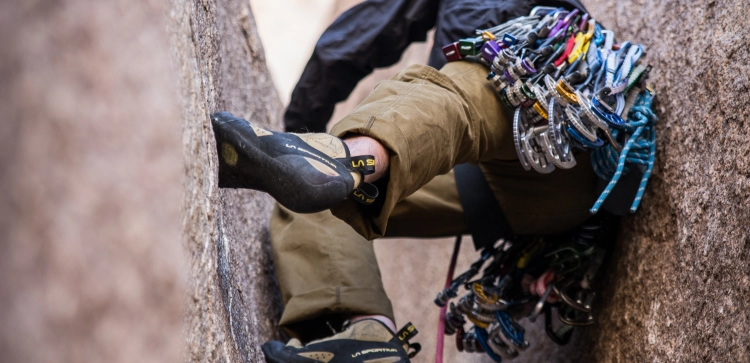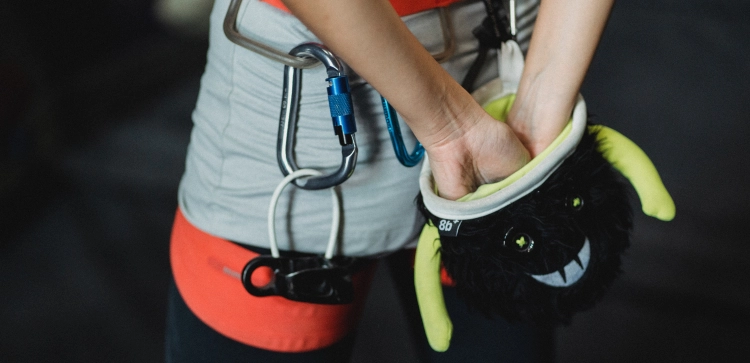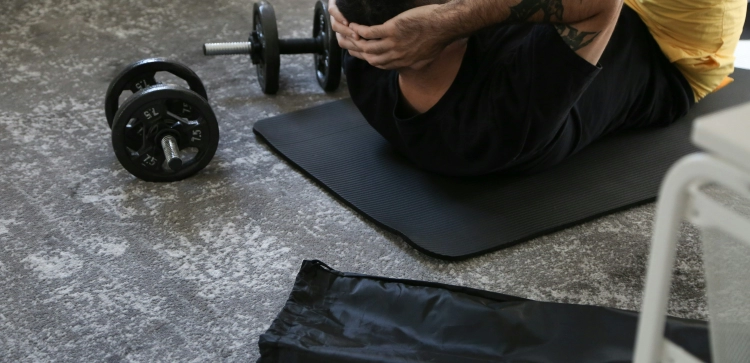How Do You Transition From Top-rope To Lead Climbing?

- What Are The Key Differences Between Top-Rope And Lead Climbing?
- What Safety Considerations Should Climbers Be Aware Of When Transitioning To Lead Climbing?
- Can You Provide Tips For Improving Lead Belaying Skills?
- How Can Climbers Practice Lead Climbing In A Safe And Controlled Environment?
- What Mental Challenges Are Common When Transitioning To Lead Climbing, And How Can They Be Overcome?
- Conclusion
What Are the Key Differences Between Top-Rope and Lead Climbing?
If you've been enjoying the thrill of top-rope climbing and are looking to take your climbing skills to the next level, transitioning to lead climbing is a natural progression. But what sets lead climbing apart, and how can you make a smooth transition?
Understanding the Climbing Shift - From Anchors to Clips
-
Rope Placement: In top-rope climbing, the rope is pre-anchored at the top of the route. In lead climbing, you must clip the rope into protection points as you ascend.
-
Risk Factors: Lead climbing introduces the risk of longer falls compared to top-roping, which has a tighter belay system.
-
Self-Reliance: Lead climbers need to be more self-reliant, as they often have to place their own gear and make quick decisions.
What Safety Considerations Should Climbers Be Aware of When Transitioning to Lead Climbing?
Safety is paramount in climbing, and it becomes even more critical when transitioning to lead climbing. Understanding and implementing safety measures is crucial for a successful transition.
Climbing Safely - Prioritizing Protection
-
Anchors and Quickdraws: Familiarize yourself with anchor systems and quickdraw usage. Proper placement and clipping are essential for safety.
-
Belay Skills: Ensure your belay skills are honed. Lead belaying is different from top-rope belaying and requires additional attention.
-
Fall Practice: Practice taking falls safely and effectively. Learn how to manage dynamic rope movement during falls.
Can You Provide Tips for Improving Lead Belaying Skills?
Lead belaying is a specialized skill that requires precision and attentiveness. Here are some tips to enhance your lead belaying skills.
Belaying with Confidence - The Lead Belay Process
-
Slack Management: Stay attentive to the climber's needs. Provide enough slack for upward movement but be ready to take in when they clip.
-
Dynamic Belaying: Understand the dynamics of lead belaying. Be prepared for sudden movements and falls.
-
Communication: Maintain clear communication with the climber. Confirm that they are ready for you to take in slack or give slack.
How Can Climbers Practice Lead Climbing in a Safe and Controlled Environment?
Transitioning to lead climbing involves practicing in a controlled environment where you can develop your skills and build confidence.
Controlled Practice - Safe Skill Development
-
Lead Climbing Classes: Consider taking lead climbing classes or clinics at your local gym or climbing school.
-
Mock Leading: Practice mock leading, where you climb routes with pre-placed protection, to gain confidence in clipping and leading.
-
Gradual Progression: Start with easier lead routes and gradually work your way up to more challenging climbs.
What Mental Challenges Are Common When Transitioning to Lead Climbing, and How Can They Be Overcome?
The mental aspect of climbing becomes more pronounced when transitioning to lead climbing. Overcoming mental hurdles is a significant part of the journey.
Climbing with Confidence - Mind Over Matter
-
Fear of Falling: Accept that falling is part of lead climbing. Focus on building trust in your belayer and your abilities.
-
Anxiety About Clipping: Practice clipping efficiently and calmly. Confidence in clipping will ease anxiety on the wall.
-
Route Reading: Improve your route-reading skills to anticipate holds and plan your moves.
Conclusion
Transitioning from top-rope to lead climbing is an exciting step in a climber's journey. It's a shift that requires a deeper understanding of climbing techniques, safety measures, and mental fortitude. By embracing the differences, prioritizing safety, honing lead belaying skills, practicing in a controlled environment, and conquering mental challenges, you can make this transition successfully.
Remember, the journey from top-rope to lead climbing is a process. It may come with challenges, but each step forward brings you closer to becoming a confident and skilled lead climber. Embrace the learning process, stay safe, and enjoy the new horizons that lead climbing opens up for you.
















